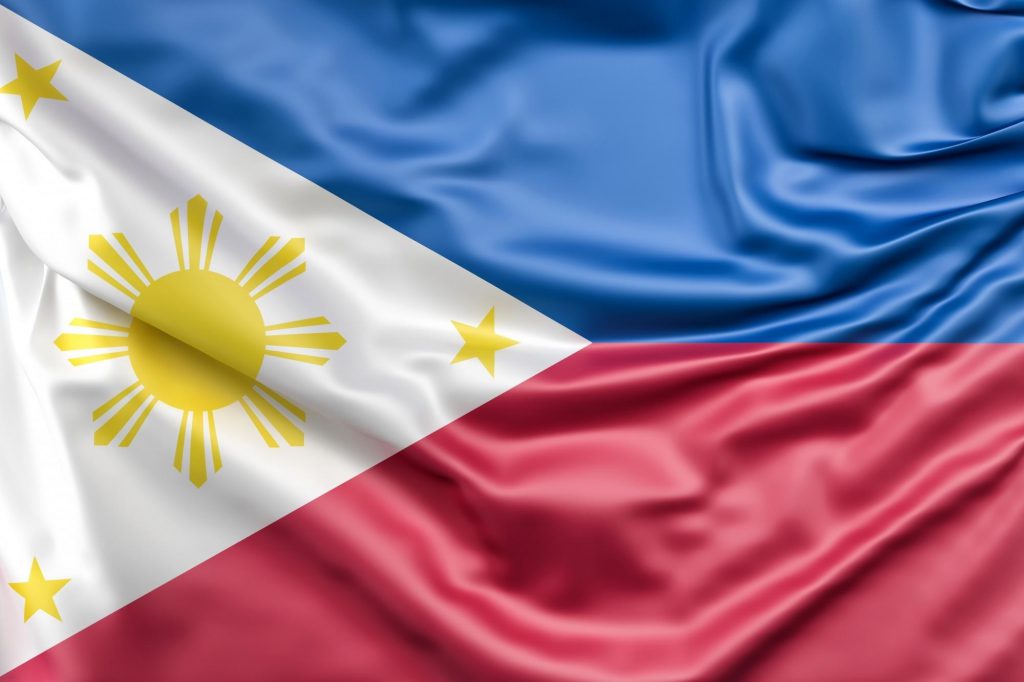In 2023, the Philippines anticipates an uptick in the cost of living, propelled by global inflation and increased infrastructure initiatives, which may result in elevated utility expenses. Nevertheless, the nation’s allure, stemming from its natural wonders, vibrant culture, and welcoming community, persists, luring expats, despite the financial implications, prompting thoughtful financial planning. They may still afford a comfortable life in this nation with their money. As more people relocate to cities, the price of housing and other necessities will likewise keep rising. Living comfortably in the Philippines on a tight budget is still achievable with proper planning.

Living expenses in the Philippines
Amidst Southeast Asia’s shifting economic landscape, the Philippines has established itself as a country with a relatively higher cost of living. Monthly expenses encompassing essentials are estimated at around $500 for individuals and $2,000 for households of four. In vibrant urban centers like Manila and Cebu City, the cost of living scales upwards. A comfortable solo life necessitates a monthly budget of approximately $600, while families of four should allocate $2,500 or more. In terms of housing, the monthly lease for a two-bedroom apartment may ascend to $1,000, reflecting the elevated cost of urban living.
Accommodation costs
Over time, the living index has varied throughout the Philippines. Decades have seen Filipino workers struggling with meager wages and minimal benefits. However, the nation’s ongoing economic resurgence now allows both the working class and the general public to savor a more comfortable lifestyle. Manila’s cost of living has reached par with global cities, making life more affordable. Housing and utility expenses hinge on your location but typically remain within reason. Within the cities, an enclave of housing options beckons, where a solitary one-bedroom apartment can be embraced for as little as $250 per lunar cycle, ensuring an economic abode. However, beyond the city’s core, in the tranquil outskirts, a spacious three-bedroom dwelling may beckon at a monthly expense of approximately $700, offering a more expensive lifestyle. But, as the tides of the real estate market ebb and flow, be mindful that rental prices dance to their own rhythm, subject to market fluctuations. Finding accommodation in the Philippines offers options for every kind of traveler. Regardless of budget or preference, there’s something suitable for everyone.
Costs of food and drinks
One of the Philippines’ most treasured virtues is its economical way of life. The neighborhood restaurants, known as “carinderias,” provide substantial Filipino fare at remarkably modest costs. You may get a complete supper including rice, meat, and veggies for as little as 50 pesos (US$1). Both locals and thrifty foreign visitors love these nearby locations. Budget-friendly choices are also offered by fast-food restaurants like McDonald’s and Jollibee. In these vibrant corners, the symphony of flavors often orchestrates a wallet-friendly tune, with a complete midday feast commanding a mere 100 pesos (US$2). For the street food aficionado, a world of delectable skewers, tantalizing snacks, and sweet delights beckons at even more modest prices. This consists of a culinary mosaic that can occasionally be savored for as little as 10 to 20 pesos (US$0.20 to $0.40) apiece.
Transportation costs
With a variety of travel options available for a range of costs, this nation’s transportation infrastructure has experienced major advances. Opting for public transportation emerges as an affordable and dependable mode of travel. With buses, jeepneys, and tricycles at your service, you can navigate the cityscape for a modest sum. This navigation commences at a mere 10–20 pesos (US$0.20-$0.40), especially in bustling metropolises like Manila and Cebu. Buses and ferries are inexpensive solutions for lengthy trips between cities or islands.
Cost of utilities
Compared to many Western nations, this nation has comparatively reduced utility costs. A family of four’s monthly utility expenses, which include internet, water, and power, often come to between US$100 and US$140, or roughly 5,000–7,000 pesos. Many people credit the nation’s plentiful natural resources and numerous electricity providers for this affordable price. In addition, compared to many Western countries, the Philippines offers more cheap prices for basic services like healthcare and education.
You may also like these articles
Philippines: immigration guide
